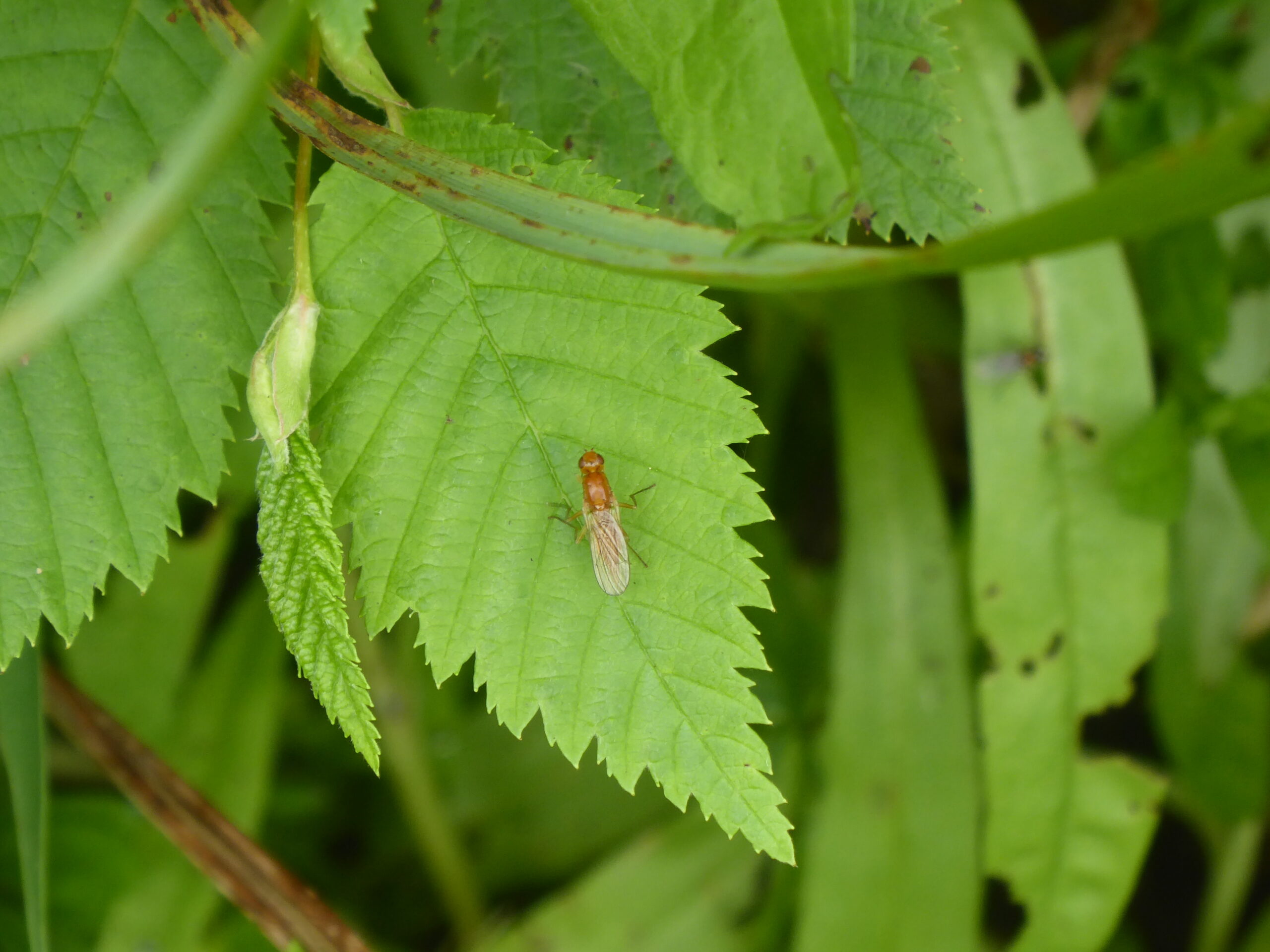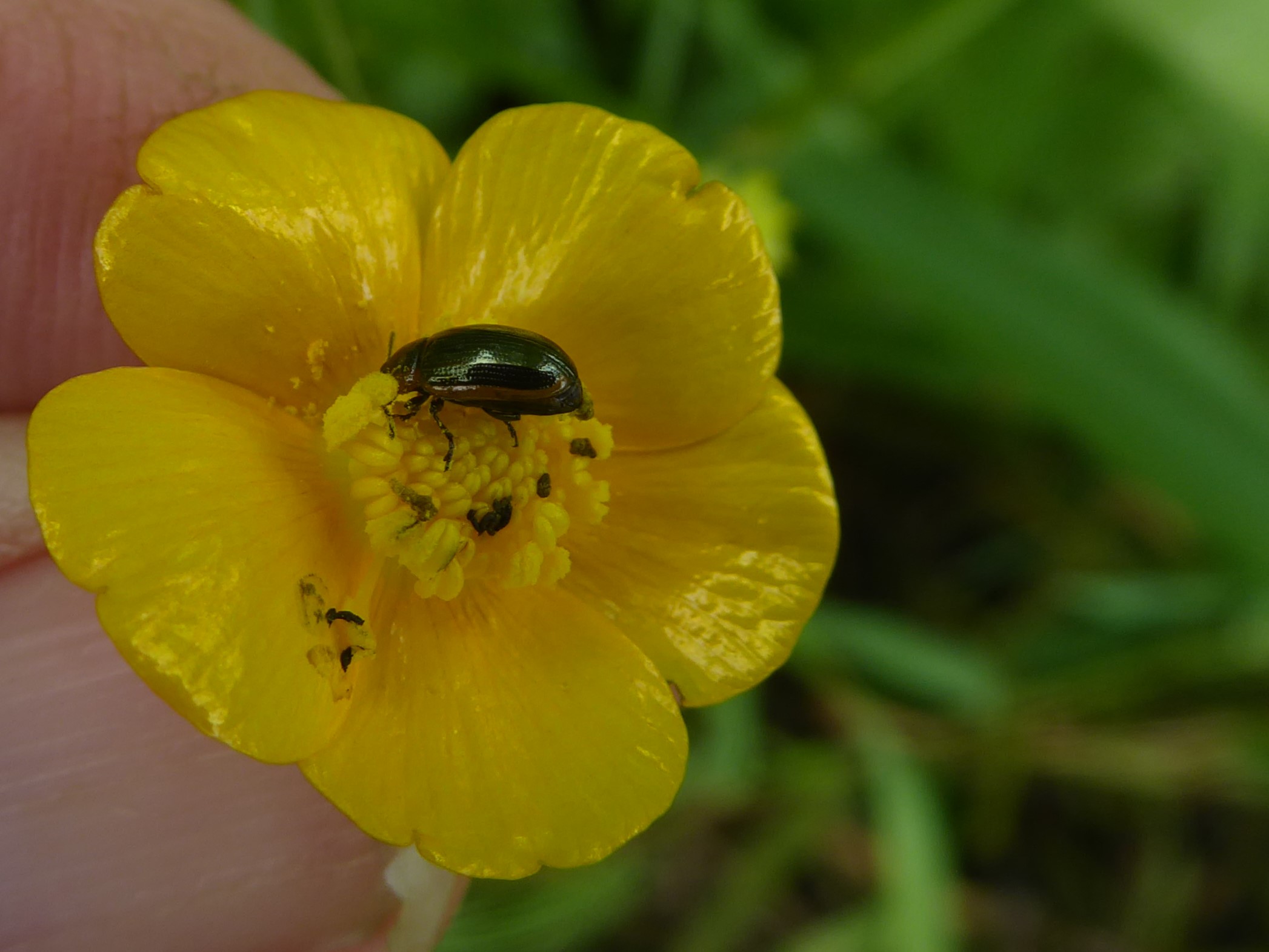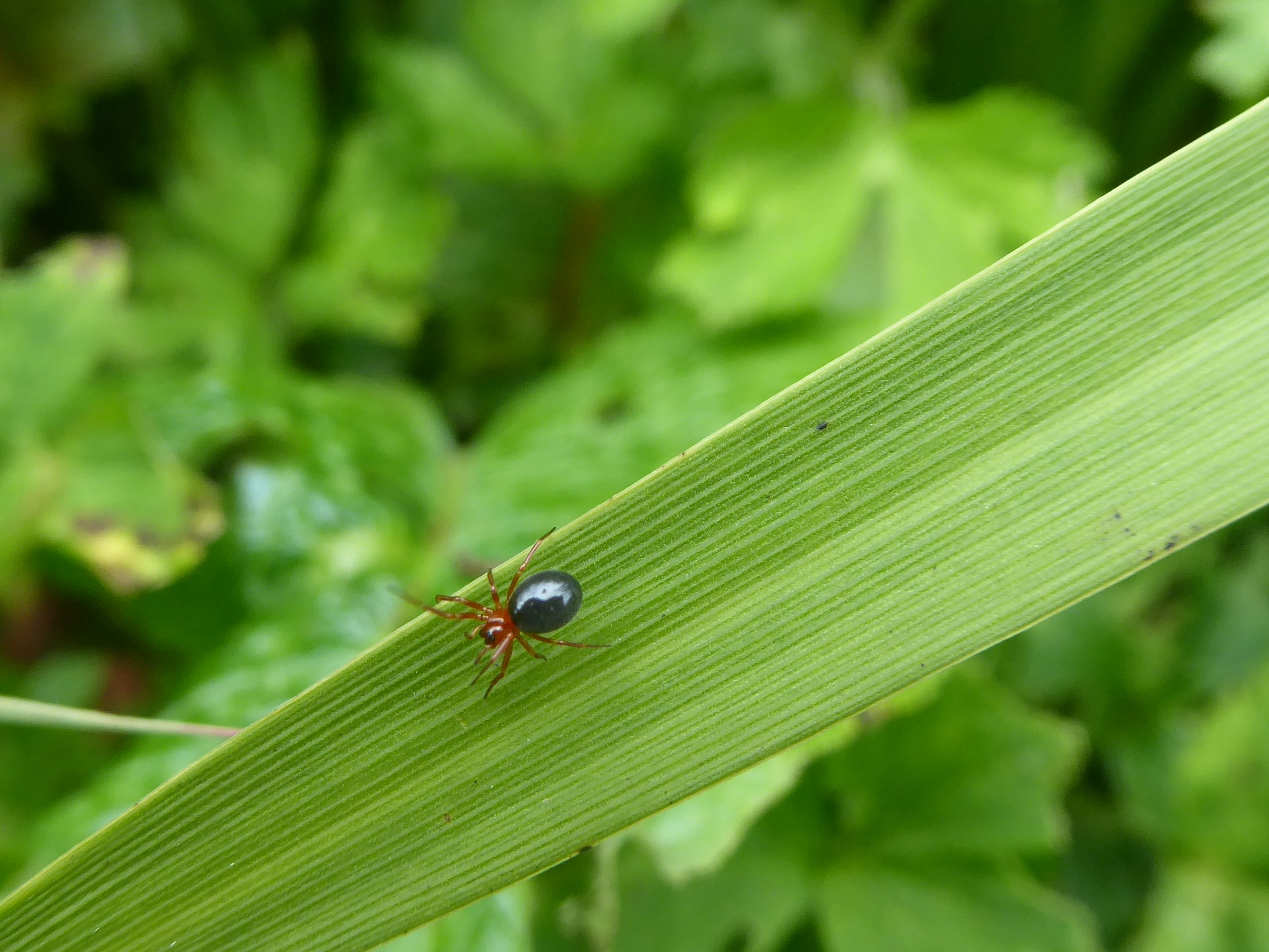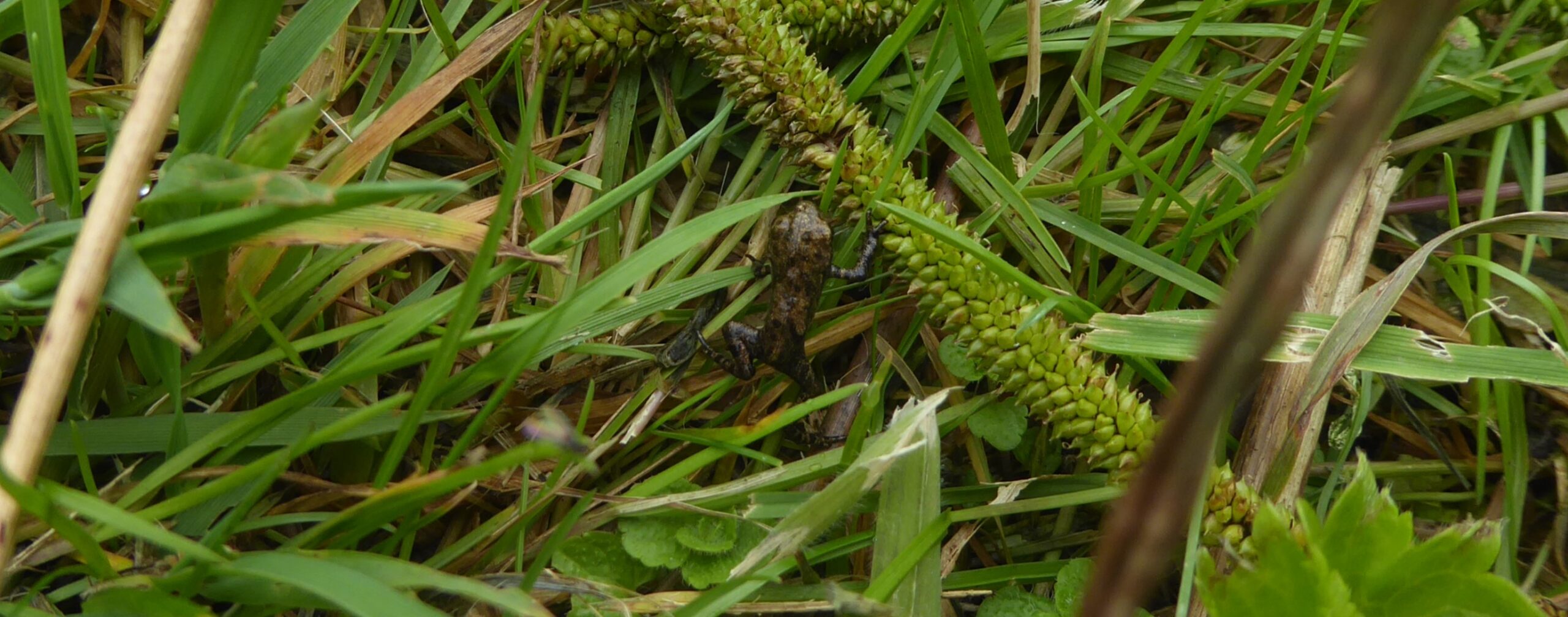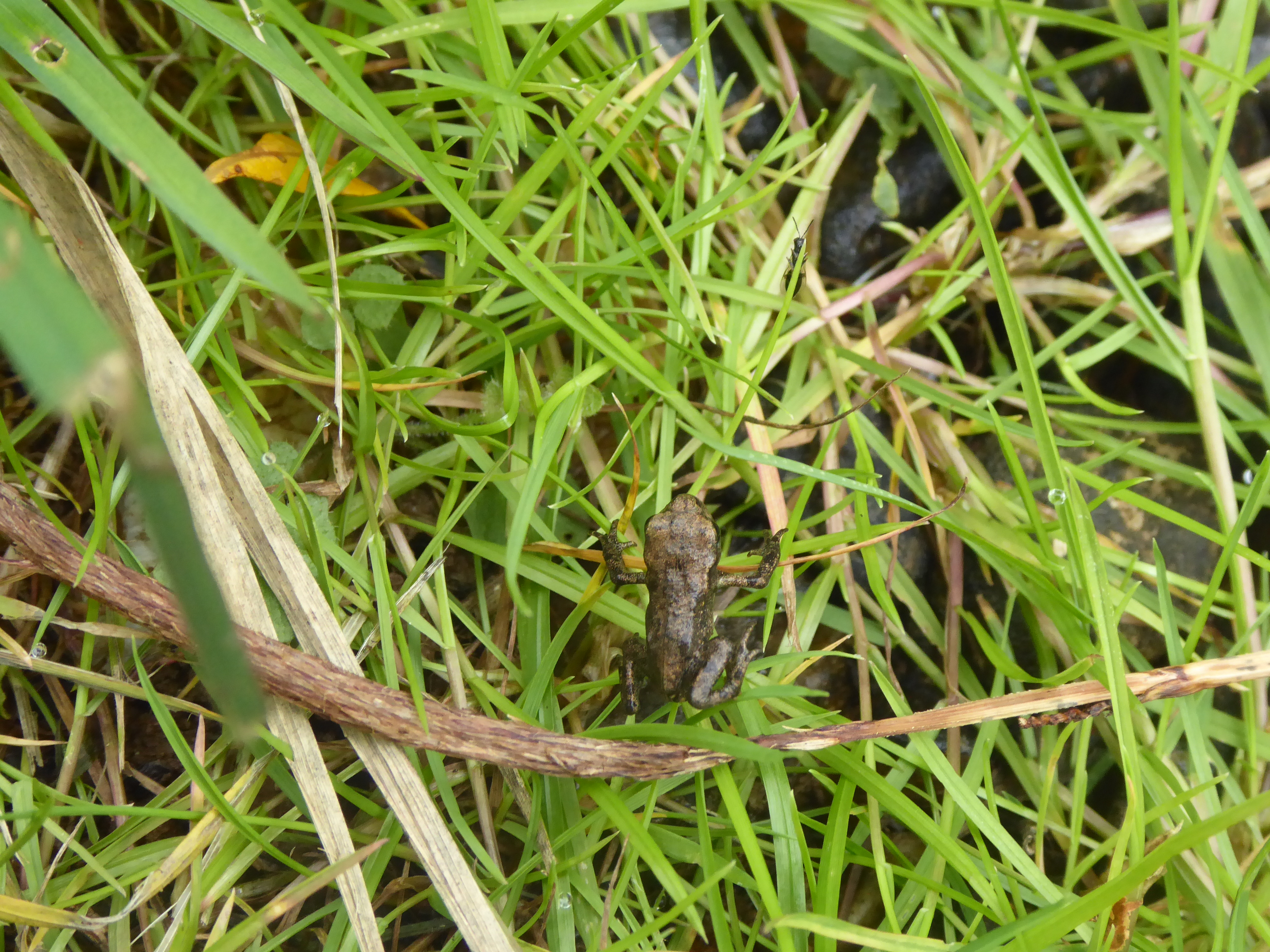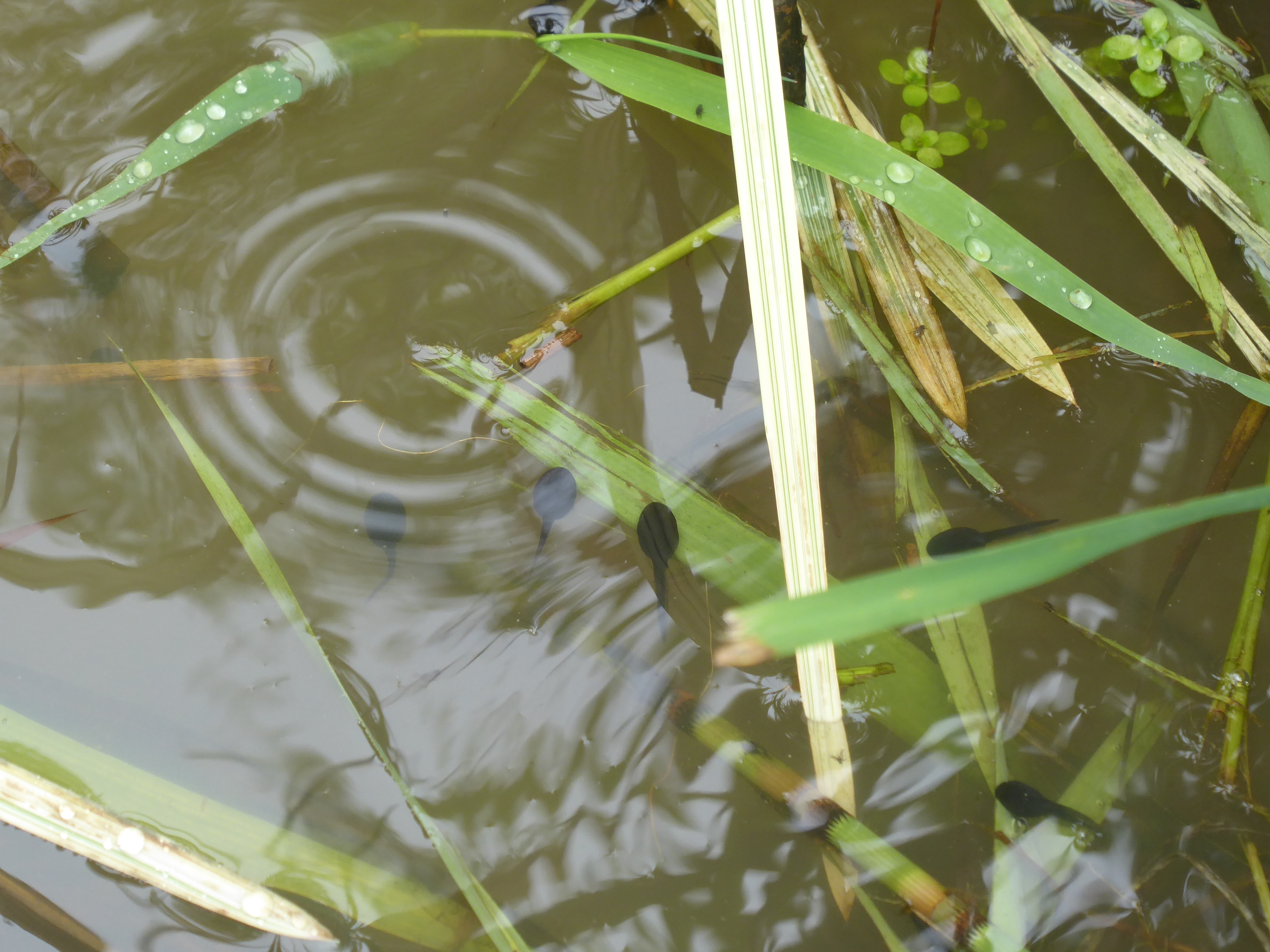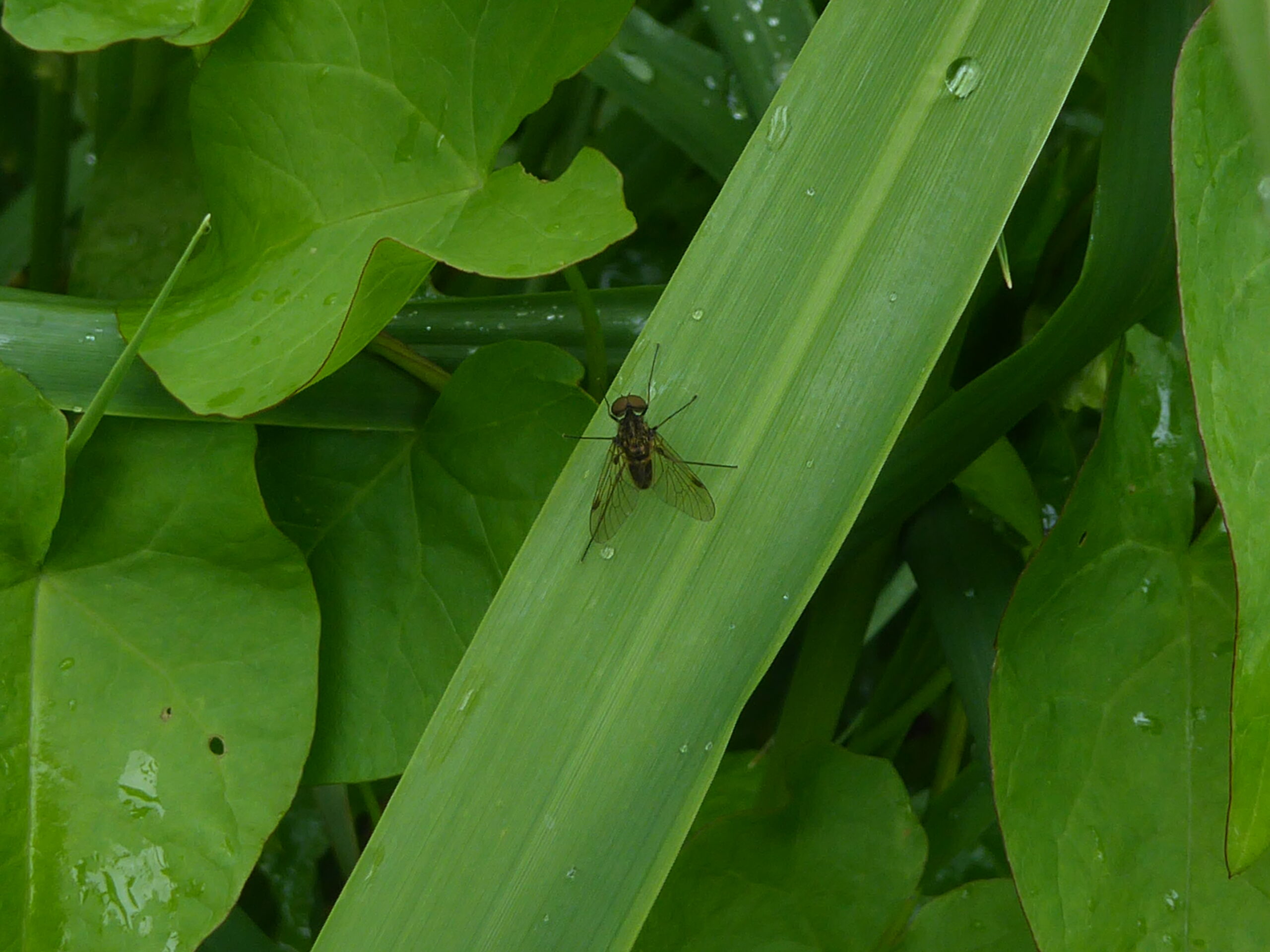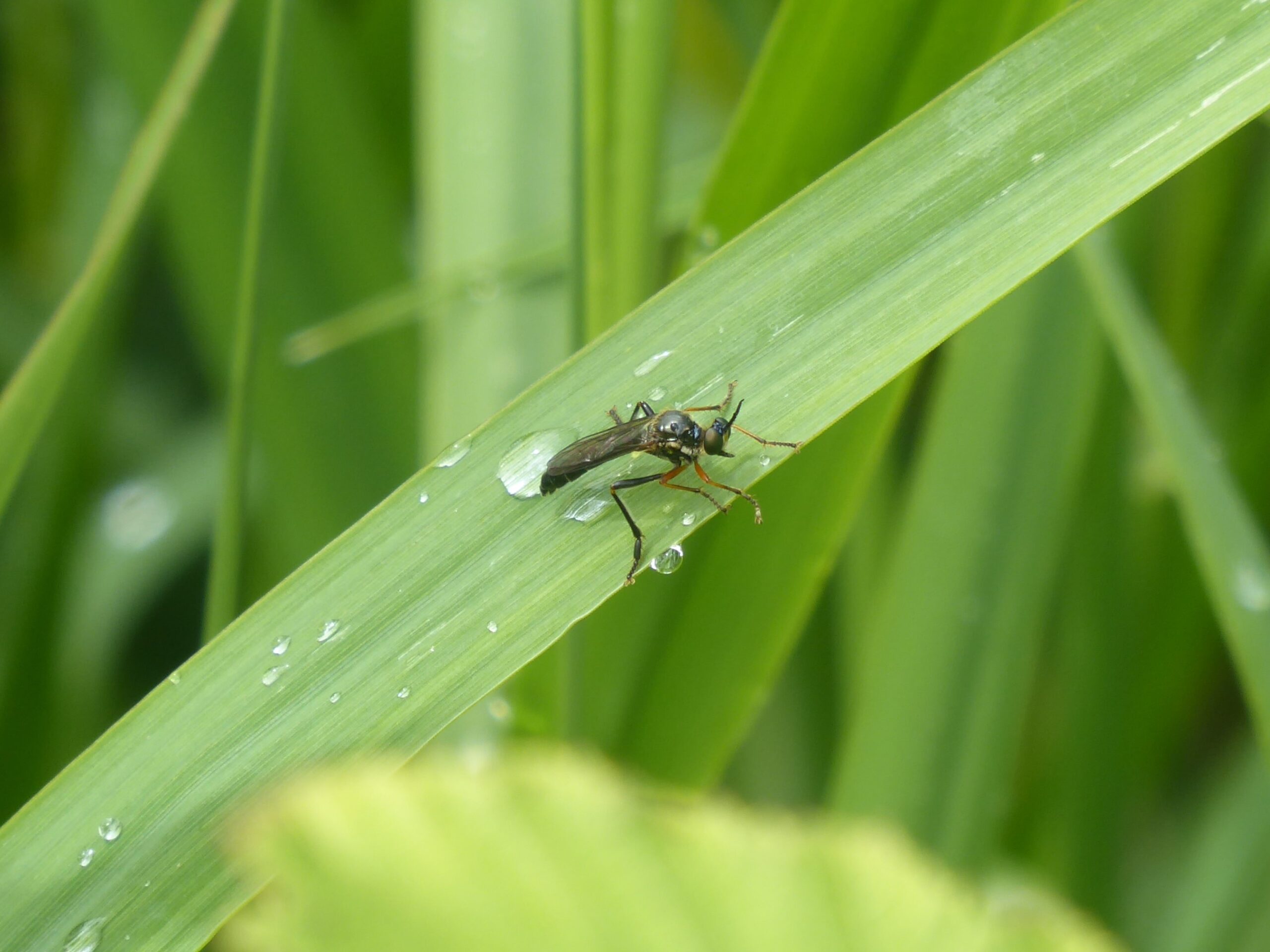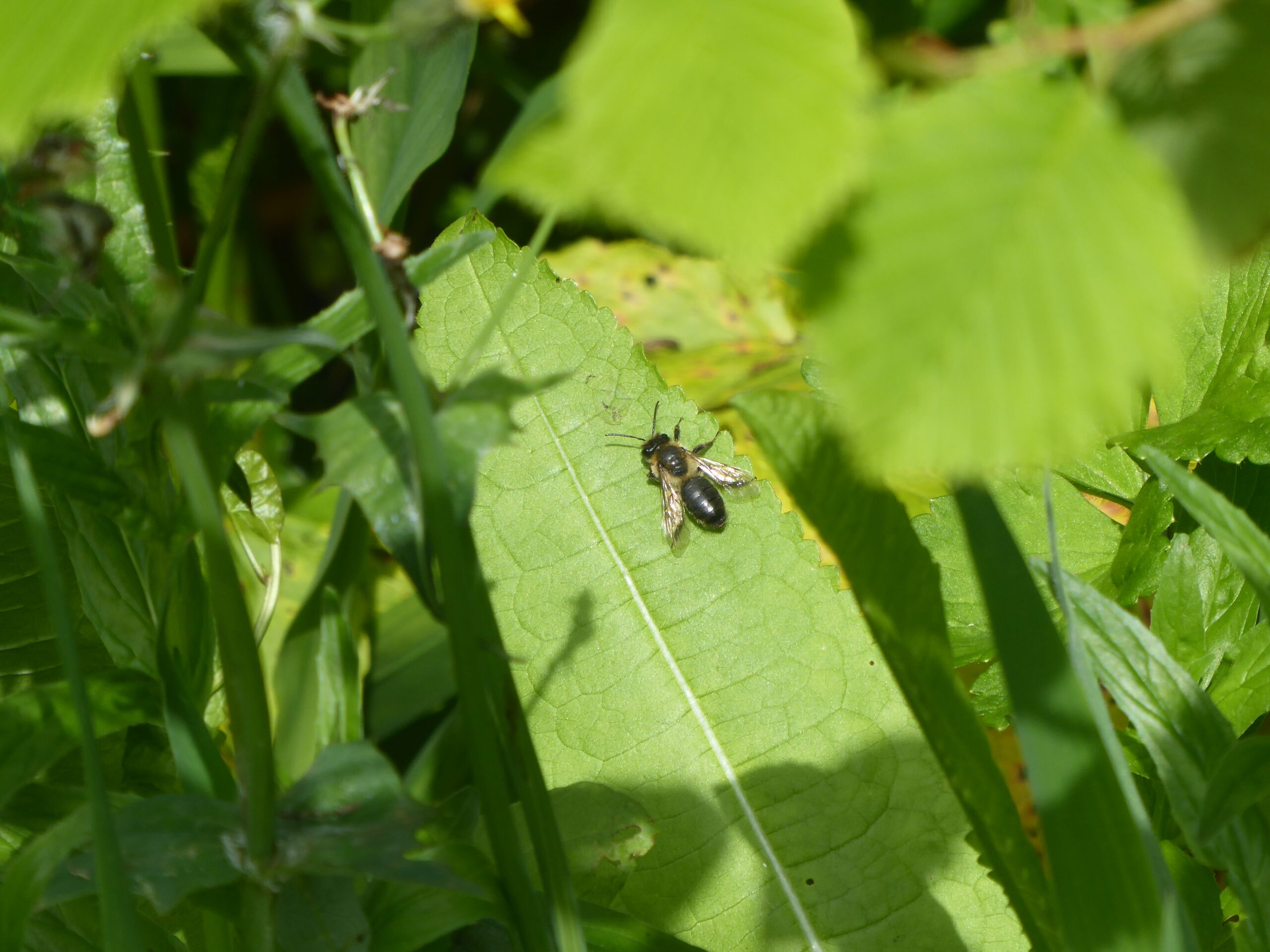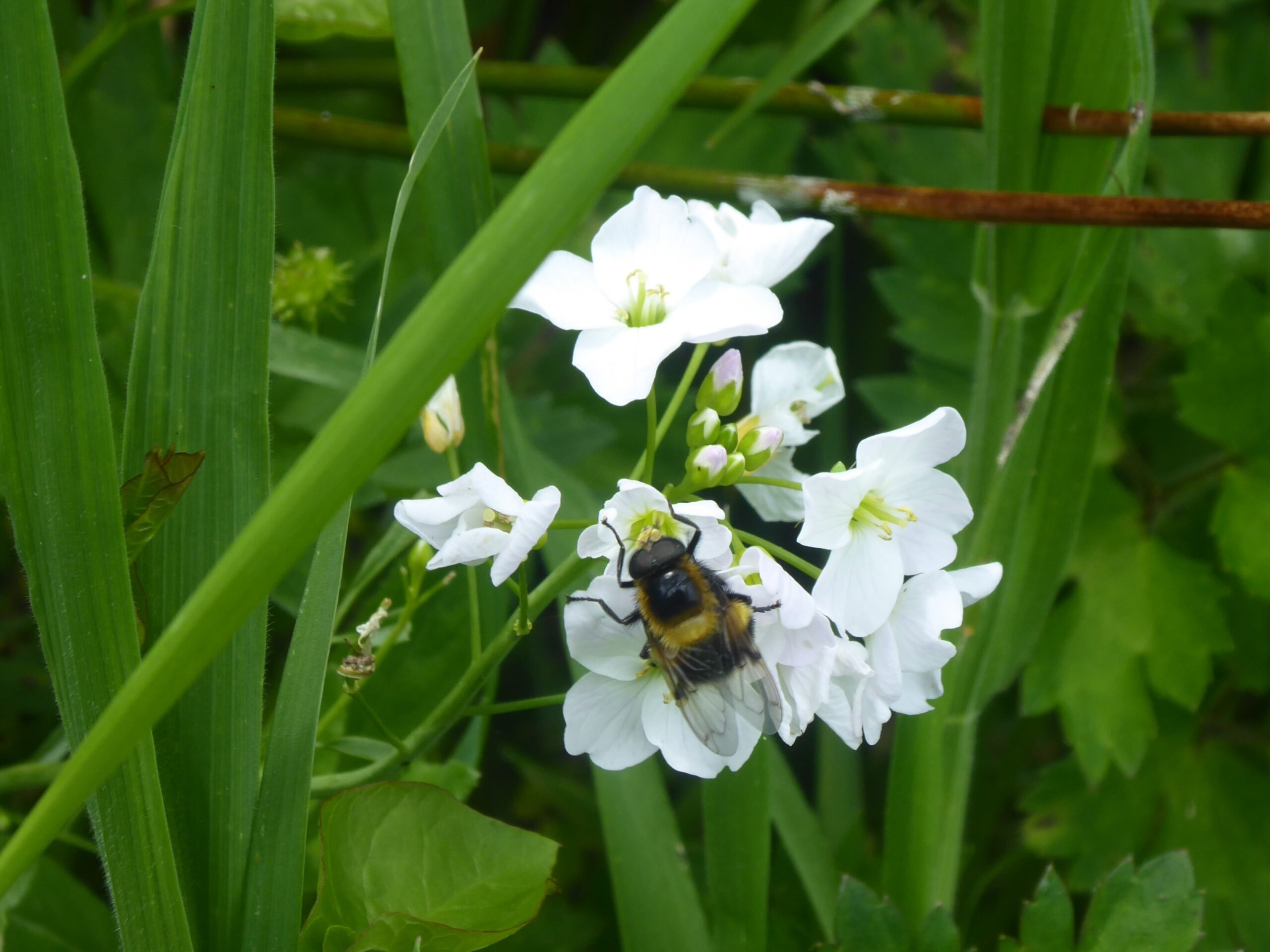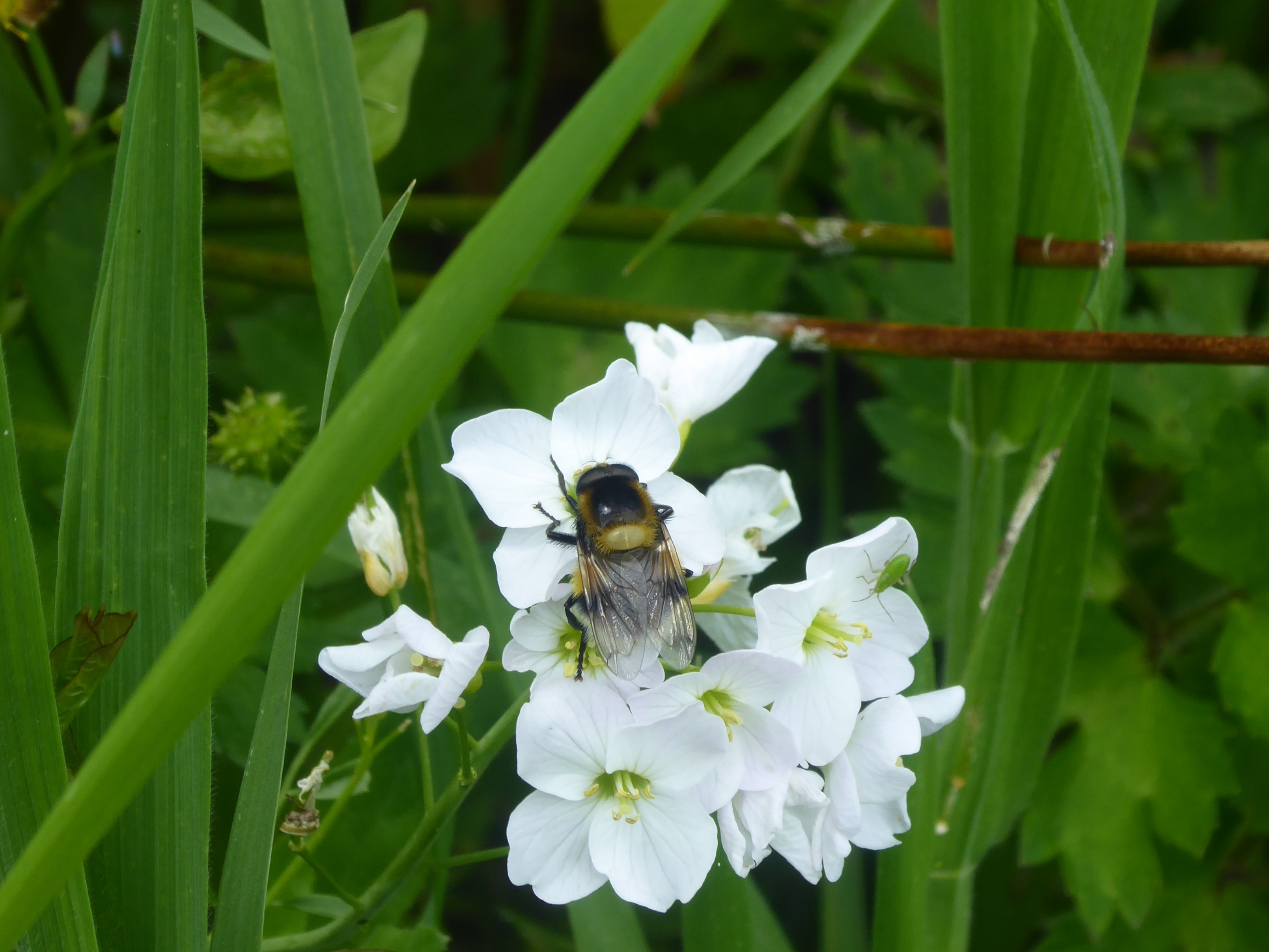There are two species of Rust Fly that are very similar. The difference is in the antennae. As I can’t see the antennae clearly enough to determine the species, I’ll settle for ‘Rust Fly’, which refers to its orange colour.
They are quite widespread and live in a variety of habitats, but anywhere where there is abundant foliage suitable for them to lay their eggs so that the larvae will have plenty of roots, bulbs and soft stems to eat.
There are rather a lot of orange flies, as well, but most have various arrangements of spots on their wings and dark eyes.
